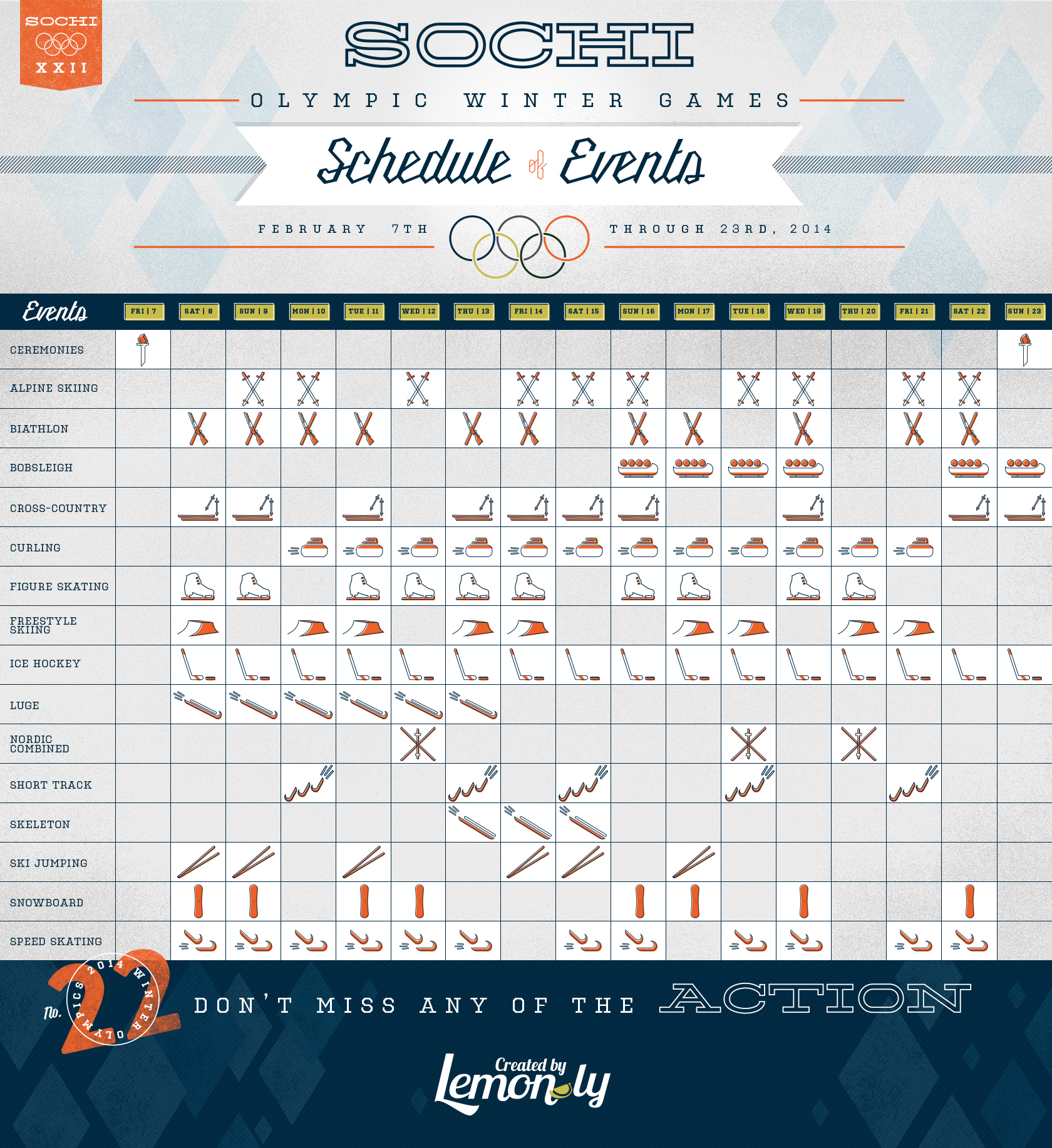
TÜV SÜD Emerging Landscape Of Unmanned Aircraft Systems Regulations
InfographicThe use of Unmanned Aircraft Systems (UAS) is expanding rapidly beyond traditional military and public safety applications. These devices are now being widely adopted by commercial enterprises and consumers. In this project with our friends at TÜV SÜD, we helped visualize safety challenges and new regulations in this infographic.


